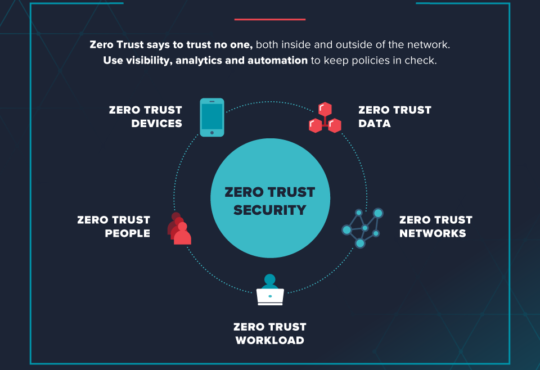
Ad Targeting and Blocking
Introduction:
In the ever-evolving landscape of digital marketing, ad targeting plays a pivotal role in reaching the right audience and maximizing the impact of online advertising campaigns. However, as users become more conscious of their online experiences, ad blocking has emerged as a countermeasure. This article explores the dynamics of ad targeting, the rise of ad blockers, and how SEO strategies can help strike a balance to ensure effective online visibility.
Understanding Ad Targeting:
Ad targeting involves tailoring online advertisements to specific demographics, interests, and behaviors, ensuring that the right message reaches the right audience. This precision helps advertisers optimize their budgets and increases the likelihood of converting leads into customers. Advertisers use a variety of targeting parameters, including demographics, location, interests, and online behavior, to refine their audience targeting.
Key Phrases:
- Ad targeting strategies
- Tailoring advertisements
- Demographic targeting
- Behavioral targeting
- Audience optimization
The Rise of Ad Blockers:
Ad blocking tools have gained popularity as users seek to enhance their online experiences by avoiding intrusive and irrelevant advertisements. These tools can significantly impact digital marketing efforts, limiting the visibility of ads and potentially affecting conversion rates. Advertisers must navigate this challenge by adopting strategies that not only target effectively but also respect user preferences.
Key Phrases:
- Ad blocking tools
- Enhancing online experiences
- Intrusive advertisements
- User preferences
- Impact on conversion rates
SEO Strategies for Ad Targeting:
Search Engine Optimization (SEO) plays a crucial role in optimizing a website’s visibility on search engine results pages (SERPs). Integrating SEO strategies with ad targeting efforts can enhance a brand’s online presence and mitigate the impact of ad blockers. Here are some effective techniques:
- Quality Content Creation: Develop high-quality, relevant content that aligns with your target audience’s interests. This not only improves organic search rankings but also engages users who may have initially opted for ad blockers.
- Keyword Optimization: Identify and incorporate relevant keywords within your content to increase visibility in search engine results. This helps your website attract organic traffic and complements ad targeting efforts.
- Mobile Optimization: Ensure your website is mobile-friendly, as mobile users often encounter ads differently than desktop users. A responsive design improves user experience and positively affects SEO rankings.
Outbound Links:
- Learn more about effective ad targeting strategies.
- Explore the impact of ad blocking on conversion rates.
Internal Links:
- Discover the importance of quality content creation in SEO.
- Explore our guide on keyword optimization for improved search rankings.
- Check out tips for mobile optimization to enhance user experience.
Conclusion:
Ad targeting and blocking are integral aspects of the digital marketing landscape. By adopting SEO strategies that prioritize user experience and relevant content, businesses can navigate these challenges successfully. Balancing precise ad targeting with SEO optimization creates a robust online presence, ensuring brands connect with their target audience effectively.
As you explore these concepts, consider seeking approval for your ad campaigns through platforms like adxapproval.com. This step ensures that your advertisements meet industry standards and regulations, contributing to a seamless and compliant advertising experience.


